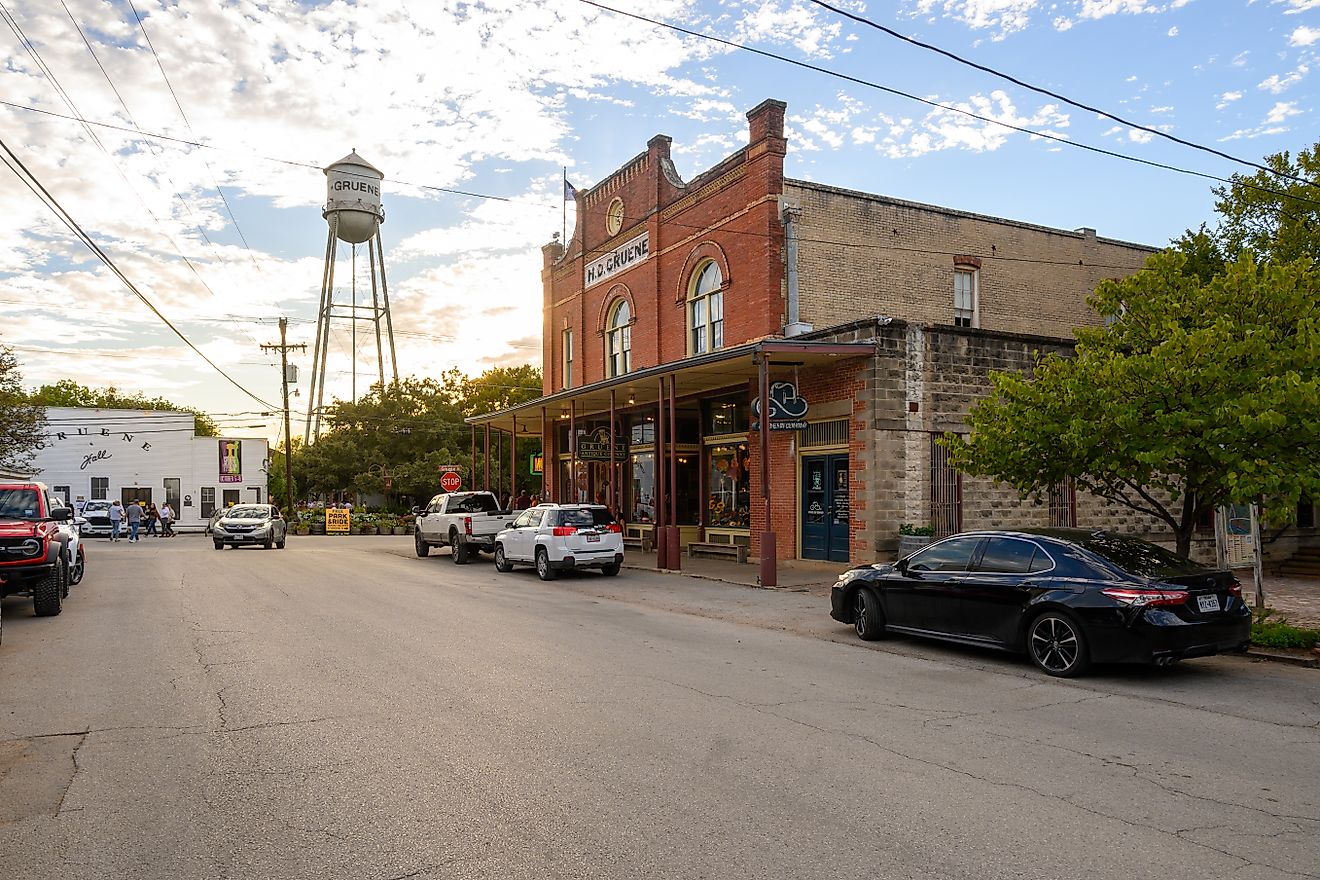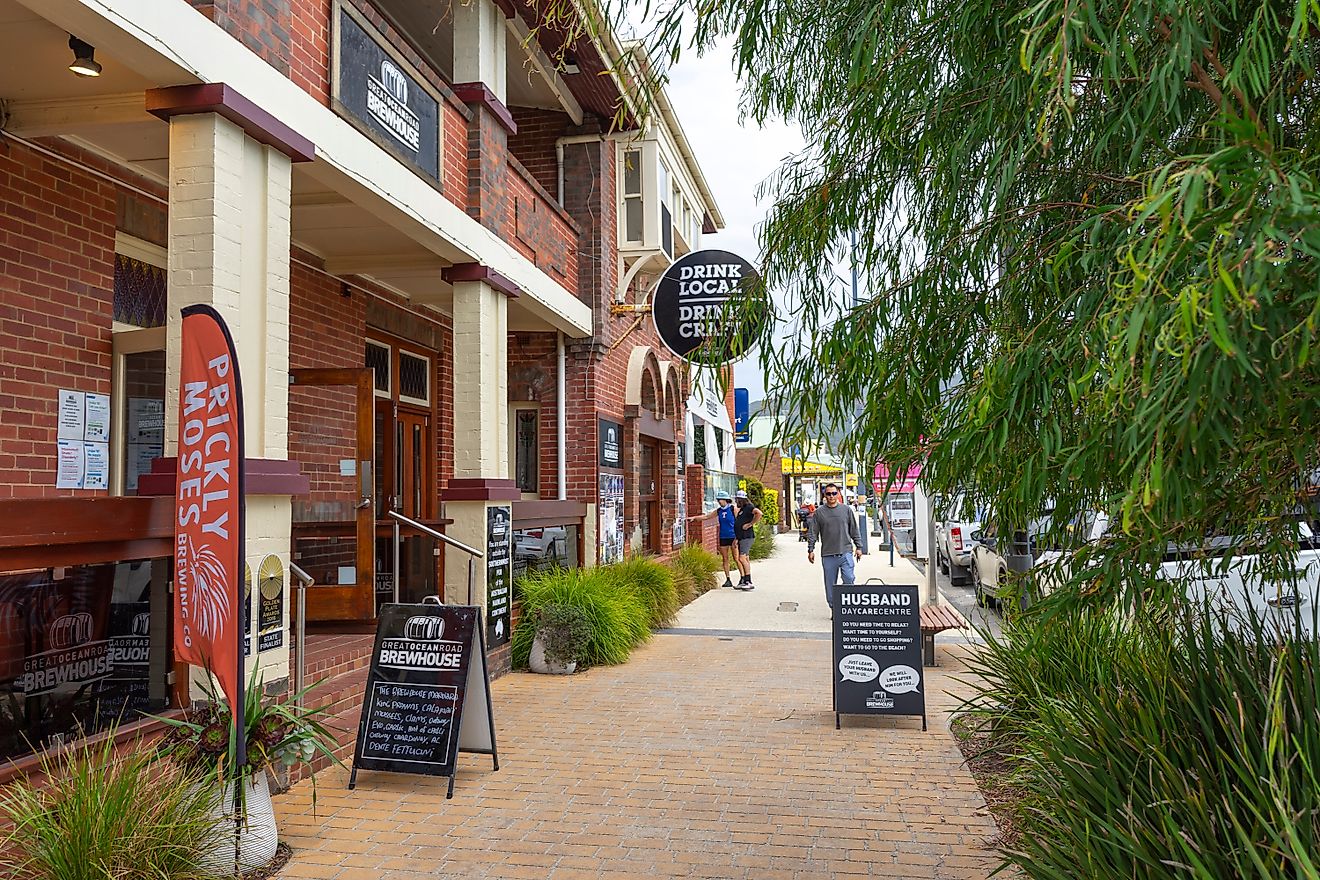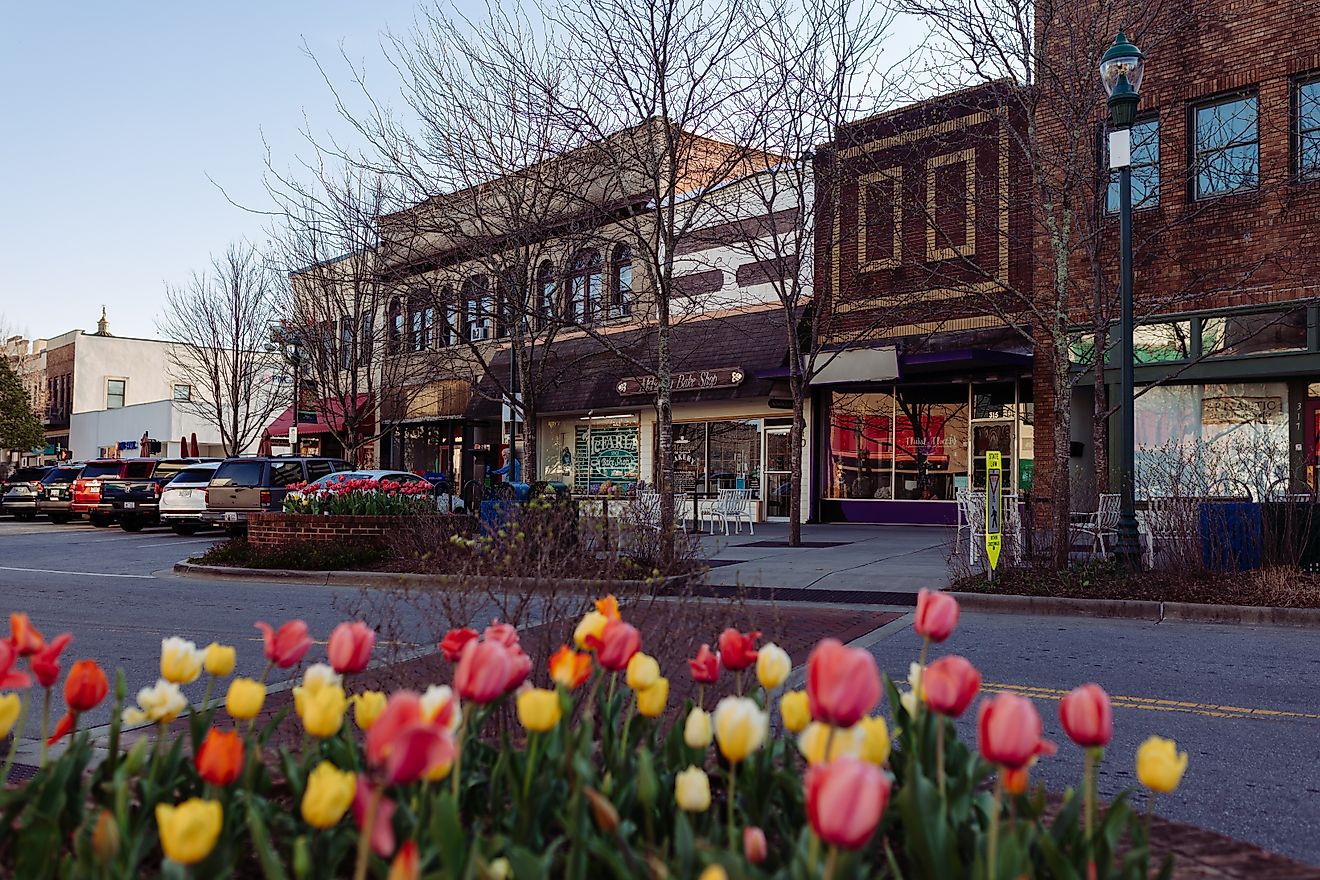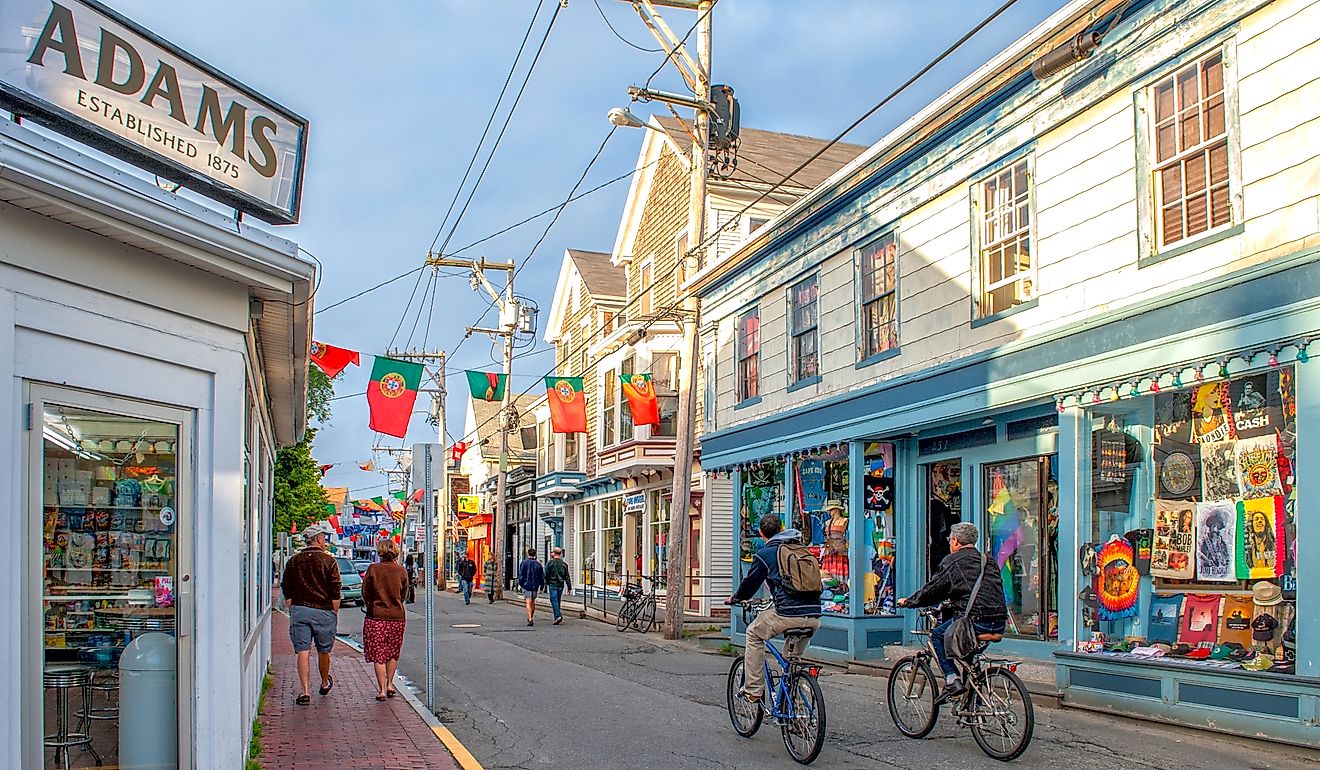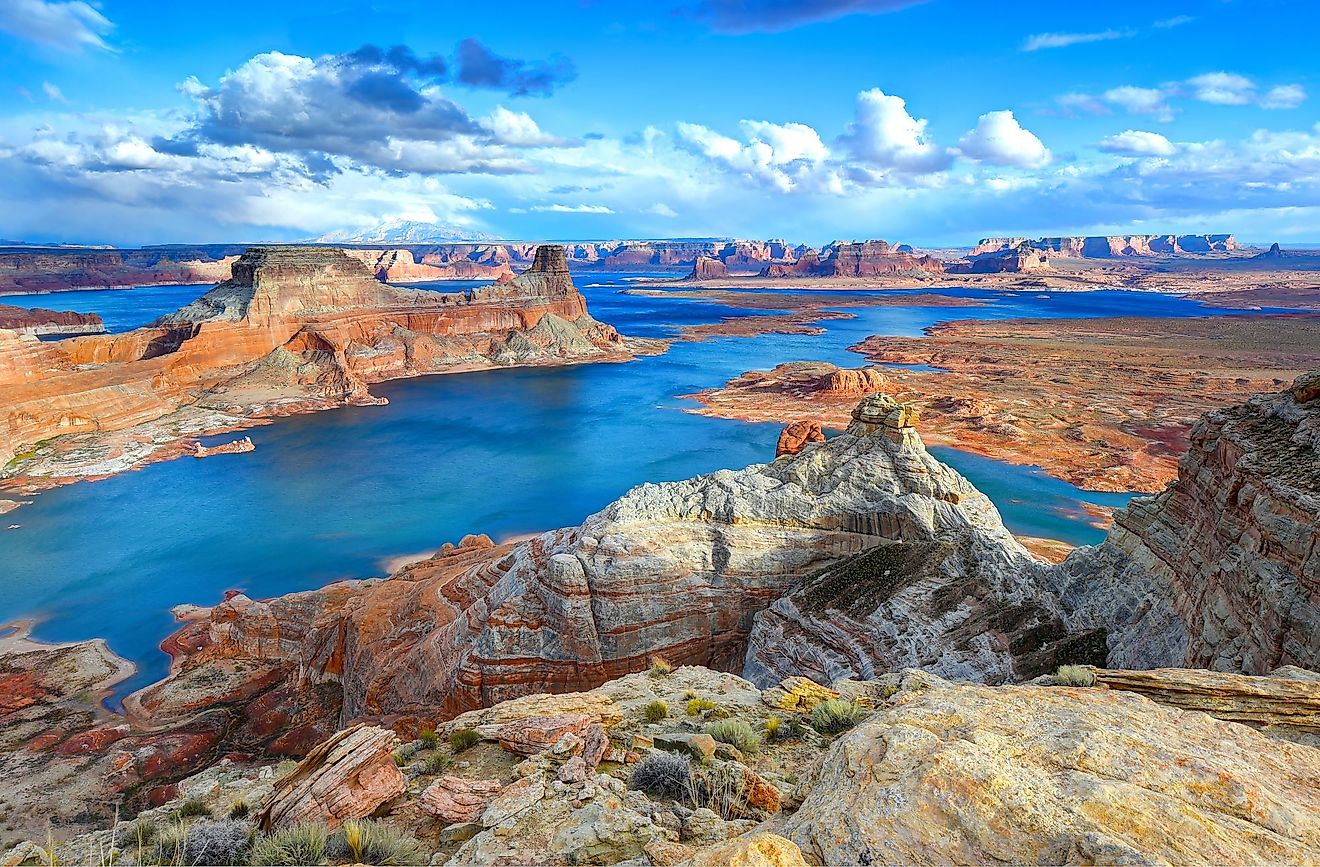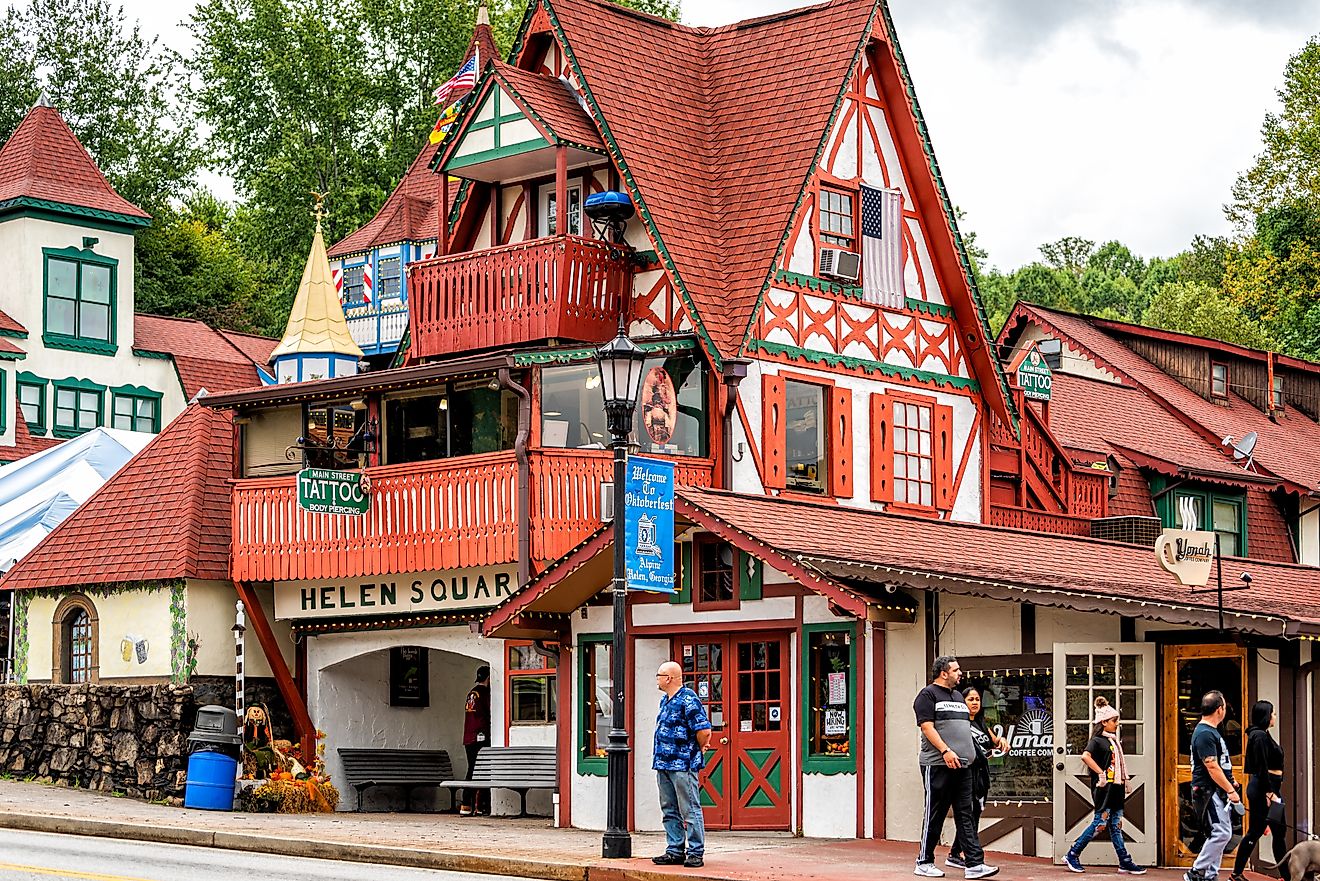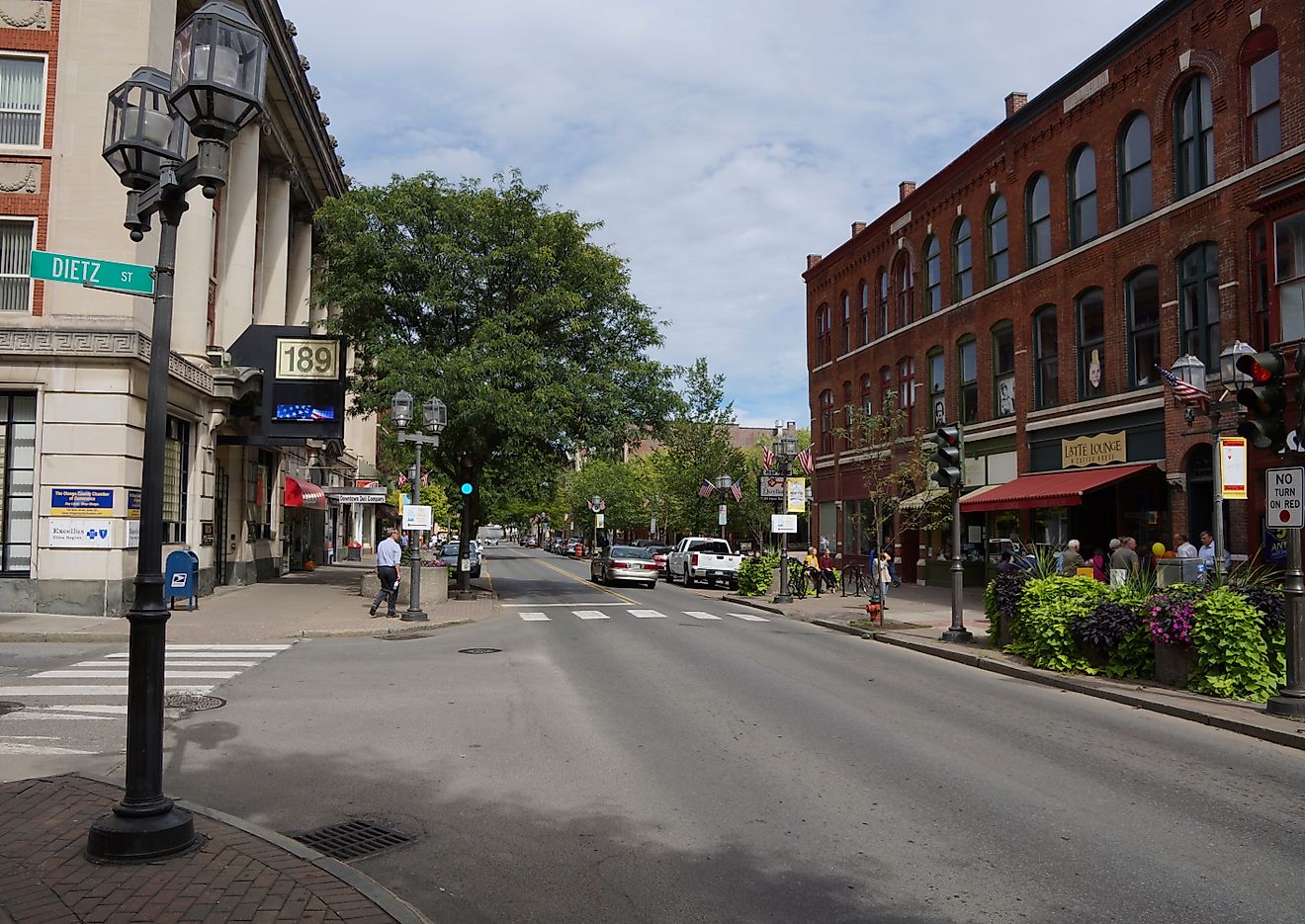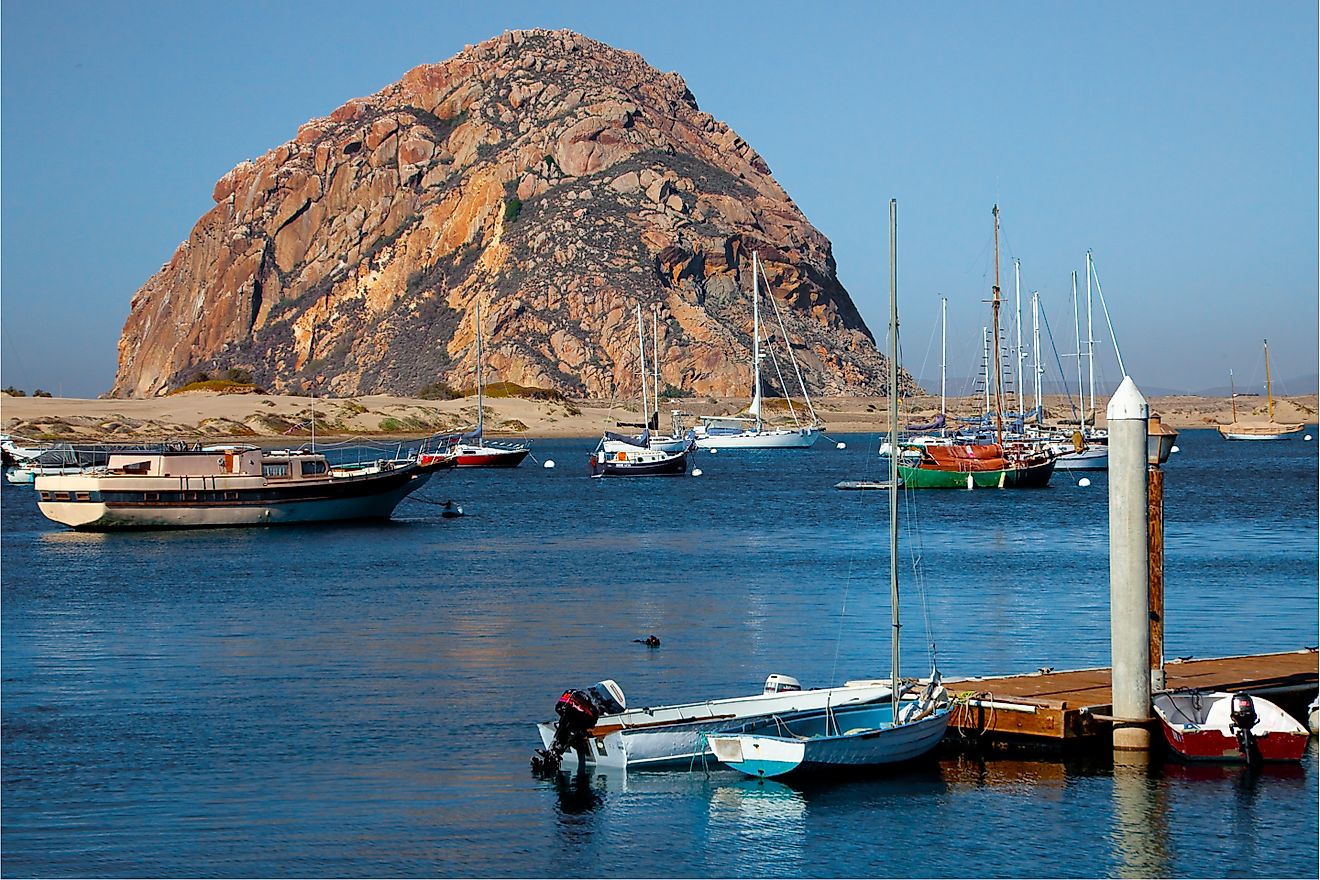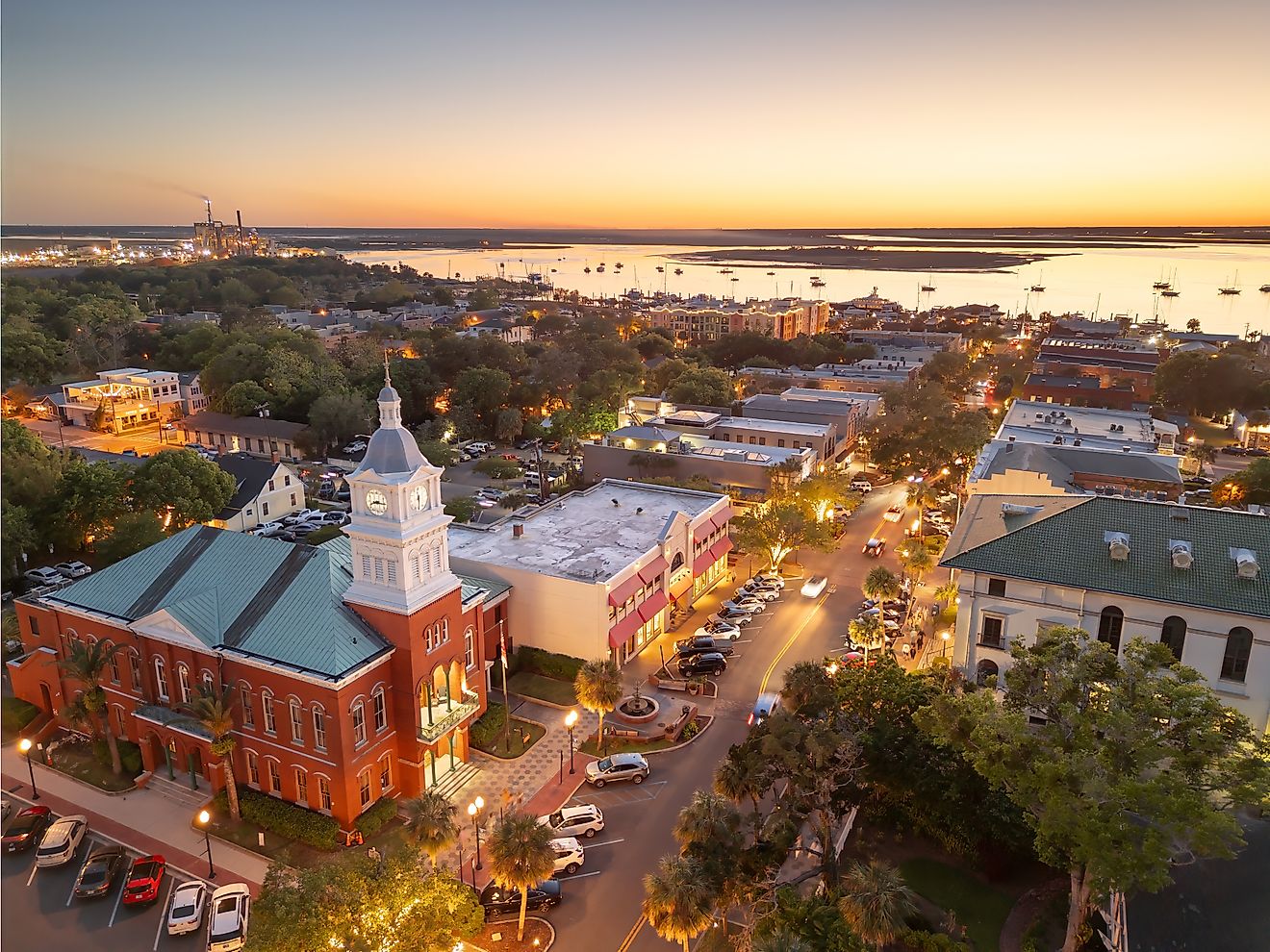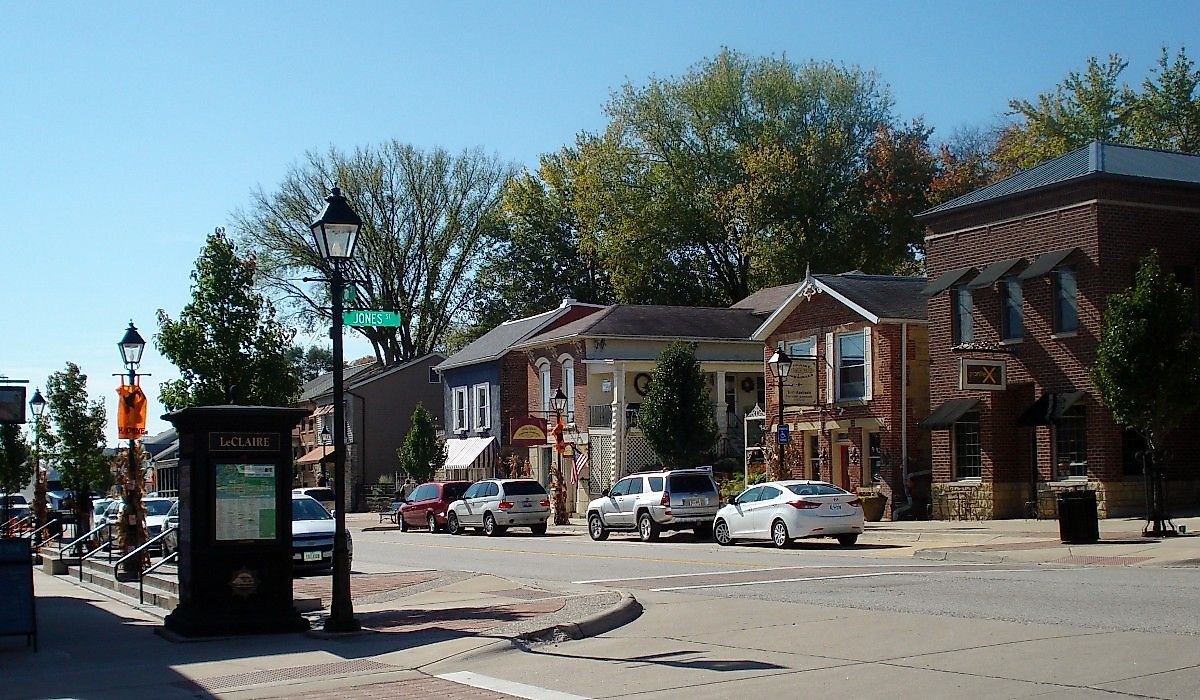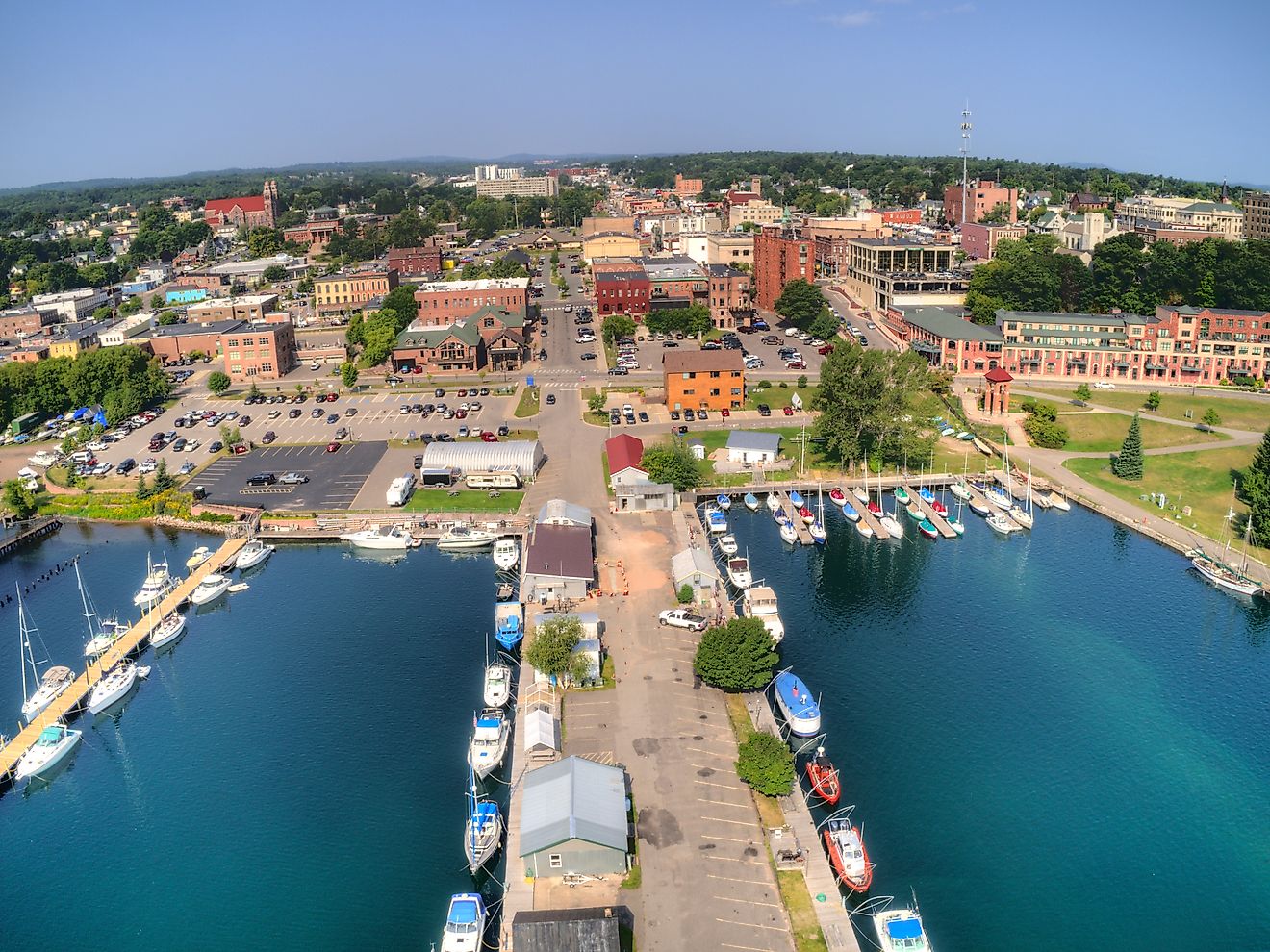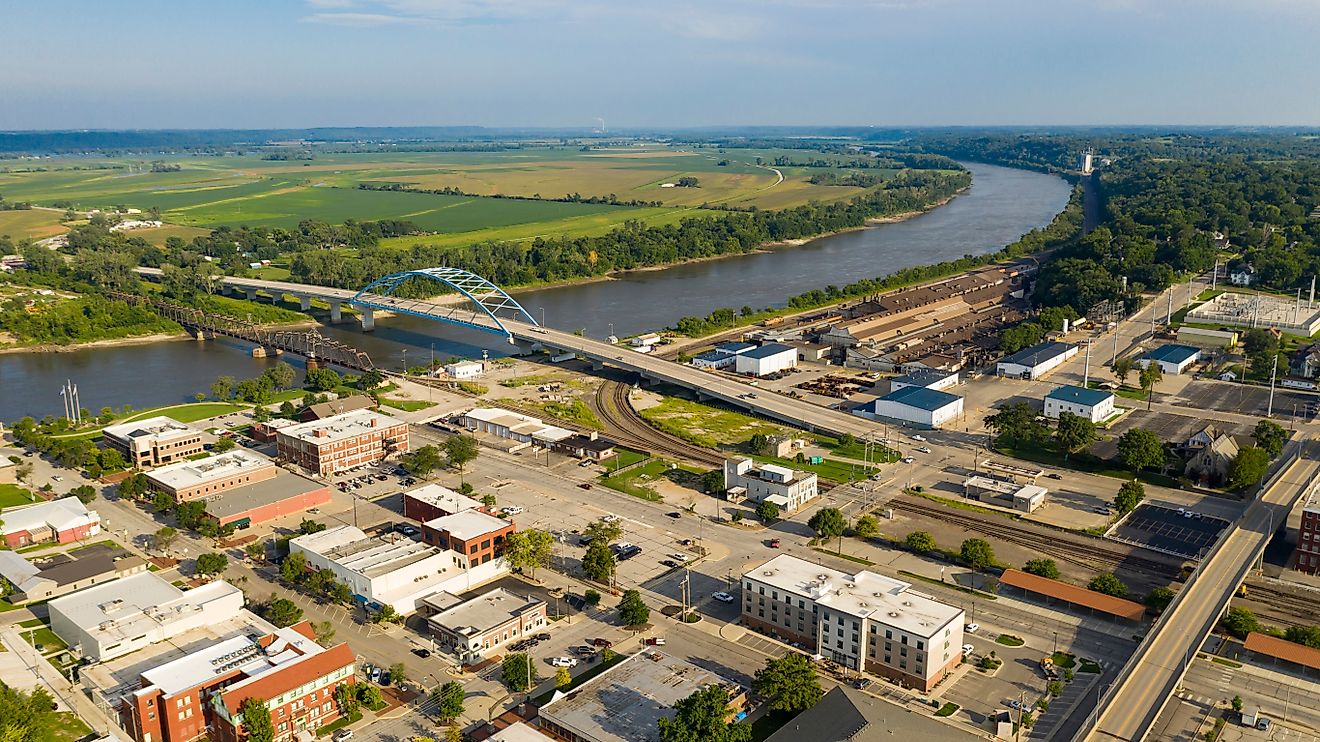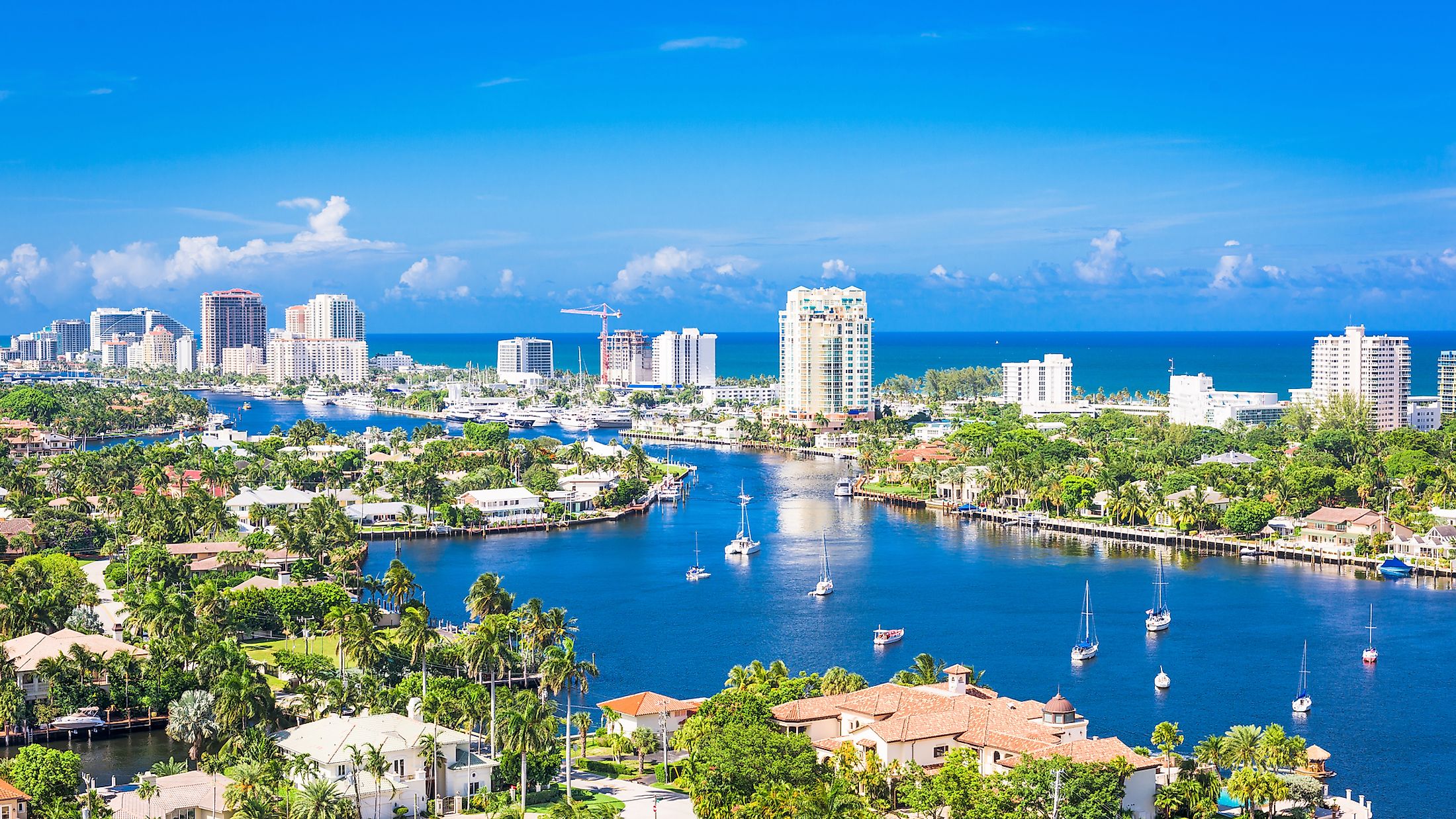
Fort Lauderdale
Fort Lauderdale is a large city located in Broward County in the southeastern part of the US State of Florida. Fort Lauderdale is the largest city and the county seat of Broward County and lies along the Atlantic Ocean at the mouth of the New River, approximately 40km north of the City of Miami. Also known as the "Yachting Capital of the World," Fort Lauderdale is the principal city of the Miami Metropolitan Area and is considered a popular tourist destination.
Geography Of Fort Lauderdale
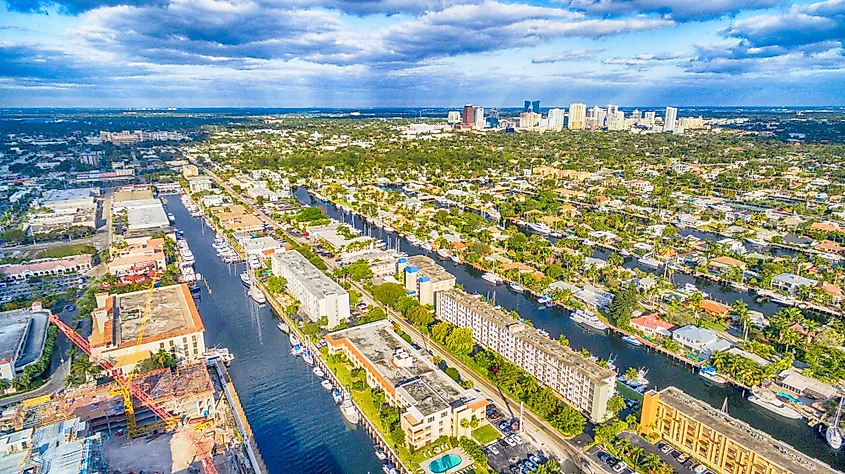
The city of Fort Lauderdale covers a total area of 99.9 sq. km, of which 9.9 sq. km is occupied by water and 90 sq. km is occupied by land. Located along the Atlantic Ocean, the city contains about 11km of beaches. The city of Fort Lauderdale houses a diverse culture and is often nicknamed the "Venice of America" thanks to its many canals. The city is bordered by the cities of Pompano Beach and Wilton Manors in the north; by the cities of North Lauderdale, Tamarac, and Oakland Park in the northwest; by the cities of Lauderdale Lakes, Lauderhill, and Plantation in the west; by the town of Davie in the southwest; by the cities of Hollywood and Dania Beach in the south; and by the town of Lauderdale-by-the-sea, the village of Sea Ranch Lakes and Victoria Park in the north. Located off the coast of Fort Lauderdale is Osborne Reef, an artificial reef made up of discarded tires.
Climate
According to the Köppen climate classification, the city of Fort Lauderdale experiences a tropical rainforest climate, with long, hot, and wet summers and short, cool winters. The city receives seasonal rainfall between May and October. The hot season lasts from June to October, and August is the hottest month, with an average high of 31.6°C and a low of 26.1°C. The cold season lasts from December to March, and January is the coldest month, with an average low temperature of 16.6°C and a high of 23.8°C. The city has an average of 131 precipitation days a year with an average annual precipitation of 1,550mm.
Population Of Fort Lauderdale
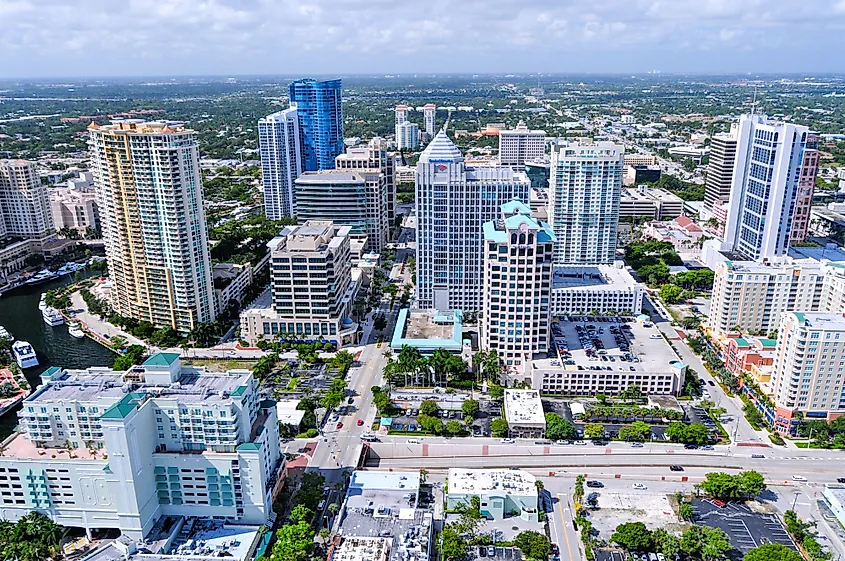
In 2019, Fort Lauderdale had a population of 180,124 people with a median age of 42. The city witnessed a 0.75% increase in the population in only one year as it had a population of 178,783 in 2018. The population of Fort Lauderdale is quite diverse and represented by several ethnicities. The largest ethnic groups in Fort Lauderdale are White, of whom most are non-Hispanic, accounting for 46.6% of the city’s population, followed by Black or African American at 31.5%. The Hispanic community represents 14.5% of the city’s population, while other races at 2.22% and Asians at 1.59%. All the households in Fort Lauderdale speak English as their primary language, and 88.2% of the residents are U.S. citizens.
The largest universities in Fort Lauderdale by the number of degrees awarded are Broward community College, Keiser University-Ft Lauderdale, and City College-Fort Lauderdale. The student population in Fort Lauderdale is skewed towards women, mainly Hispanic and Black or African American women. The most popular majors taught in Fort Lauderdale are Liberal Arts & Sciences, General Business Administration & Management, and Accounting Technology & Bookkeeping.
Economy Of Fort Lauderdale
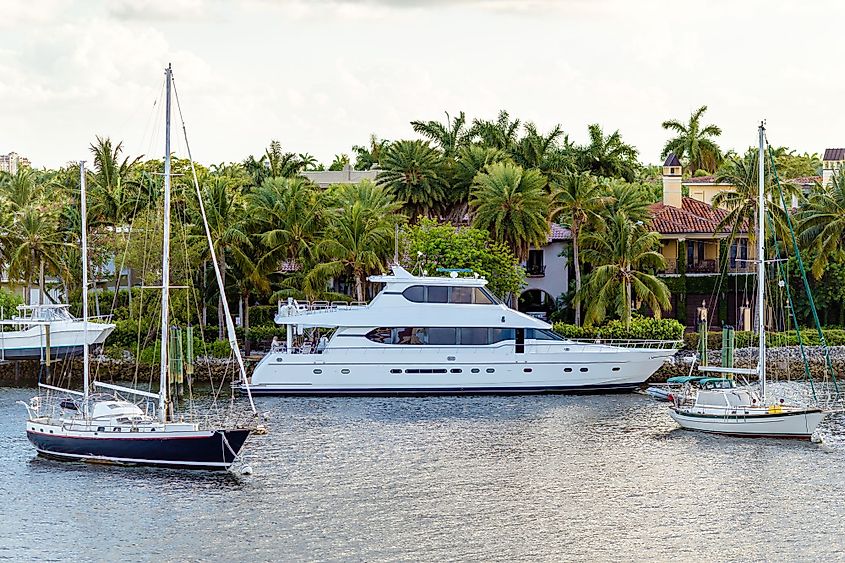
The median household income in Fort Lauderdale reaches up to $59,450. Although the income inequality in Florida is lower than the national average, recording 0.743 (measured using the Gini index), females in Fort Lauderdale have an average income lower than the average income of males. Fort Lauderdale's economy is supported by a wide range of industries that employ about 91,600 people. The largest industries are Accommodation & Food Services, Retail Trade, Professional, Scientific & Technical Companies & Enterprises. The highest paying industries are Management of Companies & Enterprises followed by Professional, Scientific,& Technical Services. The homeownership rate in Fort Lauderdale is 52.7% which is lower than the national average, which is 64.1%, and the car ownership was two cars per household in 2019. About 6.9% of Fort Lauderdale’s population for whom poverty status is determined and the largest demographic living in poverty are females between ages 25 and 34, followed by young girls of ages 6 to 11 and the females aged 35 to 44.
Tourist Attractions In Fort Lauderdale
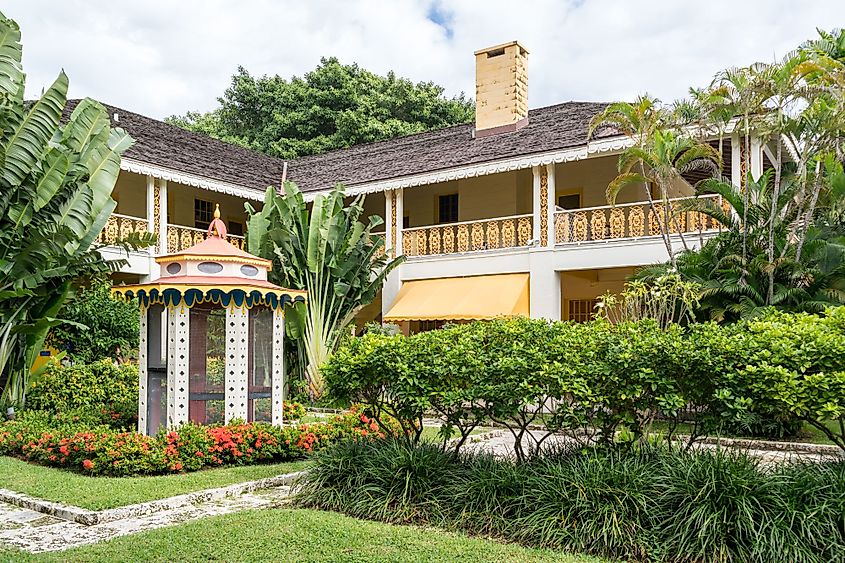
Fort Lauderdale has something for everyone with its beautiful beaches and vibrant art scene. The historic house museum of Bonnet House is dedicated to preserving the area’s history and surrounding environment. The museum is also called Bartlett Estate. Visitors can enjoy the place’s significant gardens that display five distinct ecosystems presenting the largest collections of orchids in the Southeast United States and see the collection of paintings and other works the original owner of the house Fredric Clay Bartlett once had.
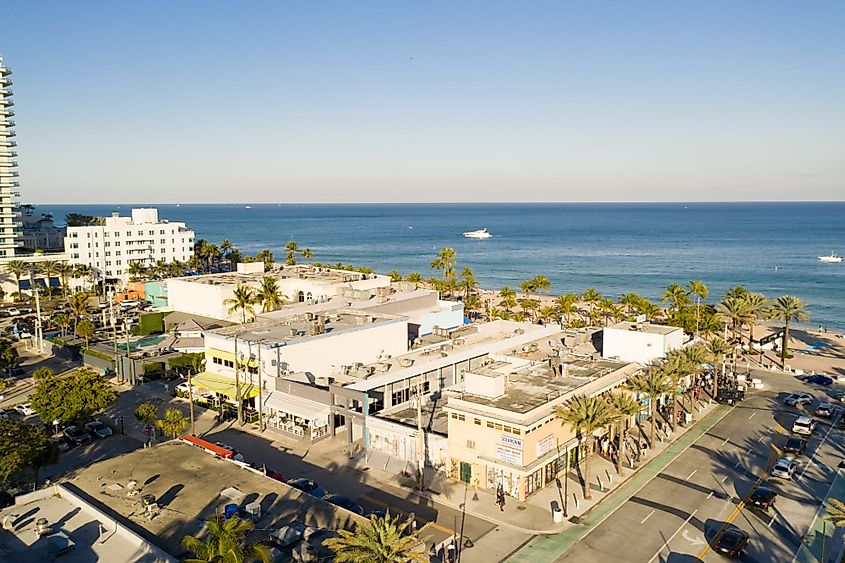
Tourists also enjoy Las Olas Boulevard. The modern thoroughfare is packed with unique galleries, buzzing restaurants, boutiques, and nightclubs. The architecture of its buildings is awe-inspiring with the artistic Mediterranean influence. Las Olas hosts many festivals and events throughout the year, from art festivals like Las Olas Art Fair to foodies’ festivals like Las Olas Food and Wine Festival, which draw gourmands from worldwide.
Brief History Of Fort Lauderdale
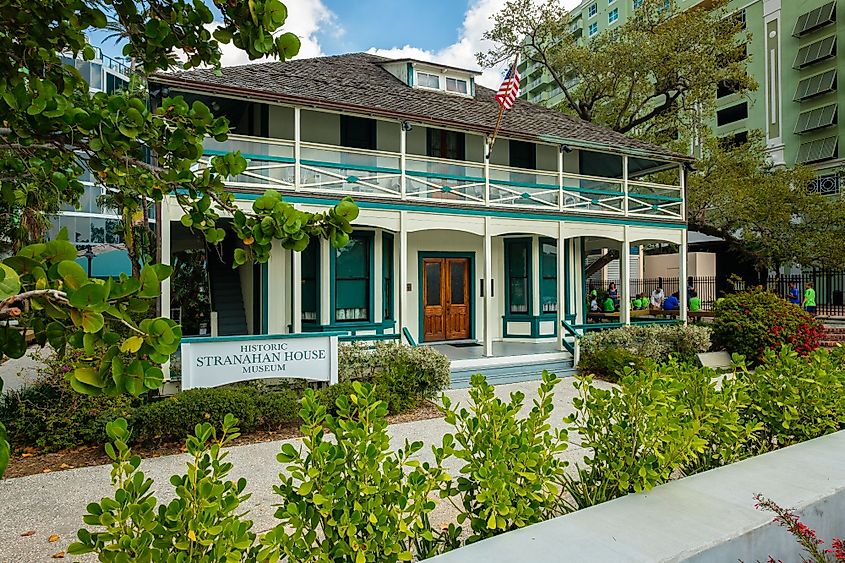
Several archaeological sites revealed many interesting facts about the rich history of Fort Lauderdale. More than a thousand years ago, Tequesta Indians inhabited the land where Fort Lauderdale was built, but even before that, the excavation shows that there had been human communities who lived there and dated back to at least 4000 years ago. The Calusa, a neighboring tribe, held a politically dominant position in the area. Although the area the tribe occupied is much smaller, their dominance spread out across the entire southern portion of Florida. The arrival of the Spanish marked an end to the dominance as foreign diseases ravaged the native population, mainly smallpox which the natives had no immunity to. In 1763, only a few indigenous people remained and were transported to Cuba when the land changed hands from the Spanish to the British.
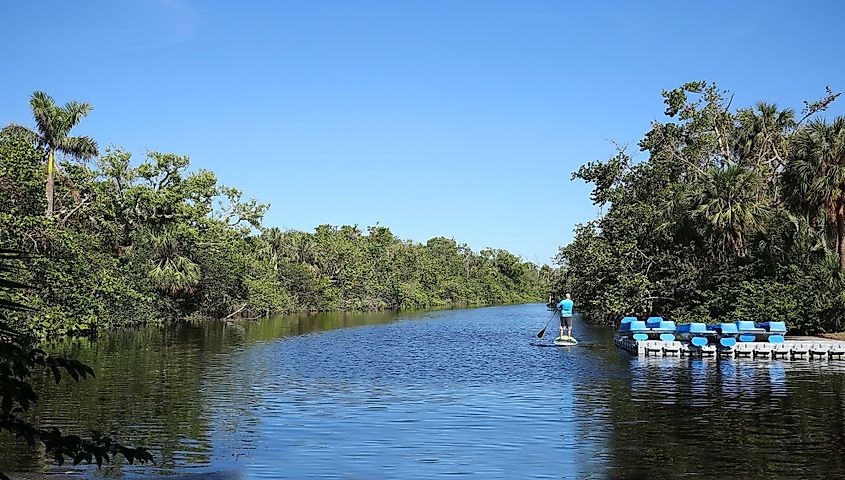
In 1838, the first United States stockade was constructed, named "Fort Lauderdale" for its commander, Major William Lauderdale. It was used in the Second Seminole War and gave the area its name before getting abandoned in 1842. The land became nearly uninhabited until the arrival of Frank Stranahan, who operated the ferry on the New River, and the Florida East Coast Railroad, which ran through the area. In 1893, Hugh Taylor Birch bought over three miles of coastal land. Hugh was an attorney from Chicago and built his last home on the land he purchased, and later, he donated it to the city in the 1940s. His home became the eponymous Hugh Taylor Birch State Park. Fort Lauderdale was incorporated as a municipality in Florida in 1911 and selected as the county seat of Broward County in 1915. The Great Depression caused the development and economy to decline rapidly. However, the Second World War improved the city's status. Fort Lauderdale became a Naval Coast Guard base, and when the war ended, military personnel returned to the area and stayed with their families, causing the population to grow rapidly.
